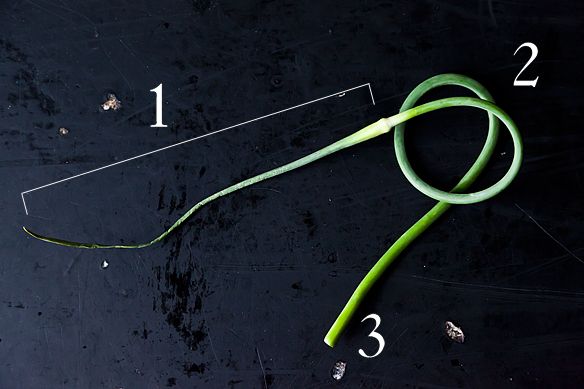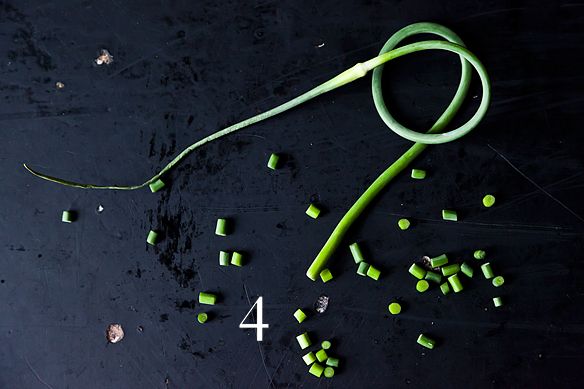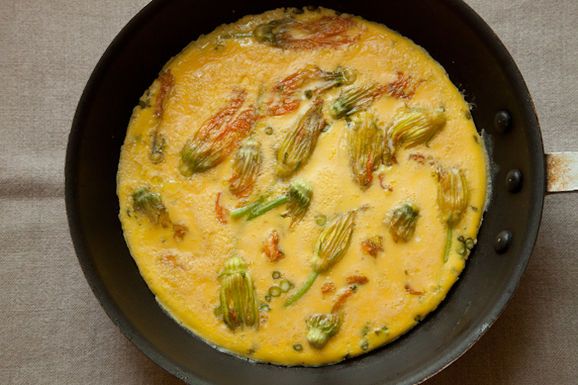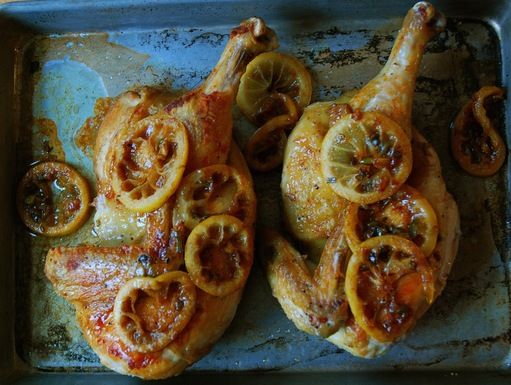Popular on Food52
Continue After Advertisement
9 Comments
KosherInDetroit
June 17, 2013
Harvesting the scape by pulling them out of the plant does not lead to structural damaging of the plant. I was originally worried about this method, but after hearing that many other farms did this without any ill effects (lack of structural integrity, mold, etc…), I decided to try it out, and it worked. This is a clean and simple method of harvesting that should not inhibit you from buying them at market.
Also, feel free to treat scapes like garlicky chives or scallions, roast 'em like asparagus to release more sugars, or use in a pesto (I prefer walnuts over pine nuts with my scapes)
Also, feel free to treat scapes like garlicky chives or scallions, roast 'em like asparagus to release more sugars, or use in a pesto (I prefer walnuts over pine nuts with my scapes)
viblanco
July 15, 2012
Not to be too boring, but I typically use our harvested scapes to make a pesto to serve with pasta, spread with bread or put atop black beans and rice.
EDIE42
July 15, 2012
Getting ready to harvest my first attempt to grow garlic and wondered what to do with the snakey scapes. Thanks for all the great information and keeping me from discarding this amazing side benefit of the harvest into the compost heap.
Edie
Edie
Nozlee S.
July 16, 2012
Oh!! I'm so happy that I could be helpful, it would have been a shame if you had tossed them! Also I'm jealous of your garlic plants -- that's so cool.
Fairmount_market
July 14, 2012
I've been make some delicious garlic scape pesto pizza. It works as a base for all sorts of toppings.
shecans
July 14, 2012
In my opinion, pickling's the only way to go! Pencil thin kosher dills - they're a hit!
pqmommy
July 14, 2012
I cut them into 2 inch lengths, sauté them, and serve them as a side unto themselves. They taste like garlicky green beans....delish!
mrslarkin
July 13, 2012
I LOVE scapes! I used them as the garlic component the last time I sauteed swiss chard. Deelish.






See what other Food52 readers are saying.